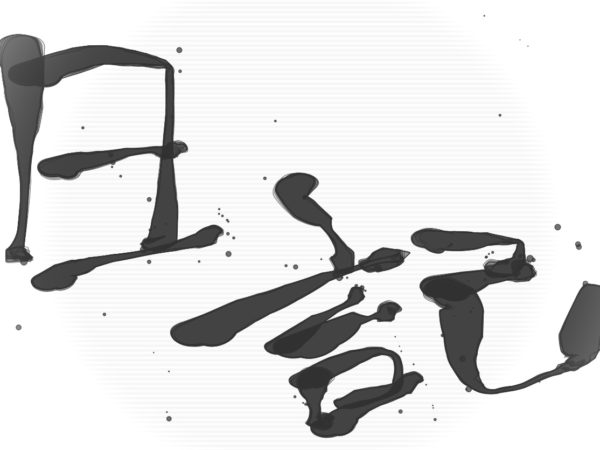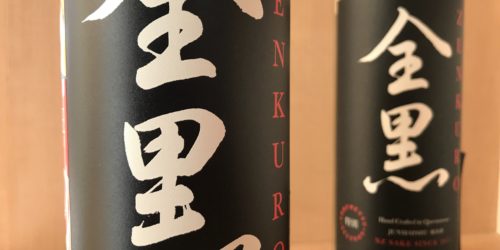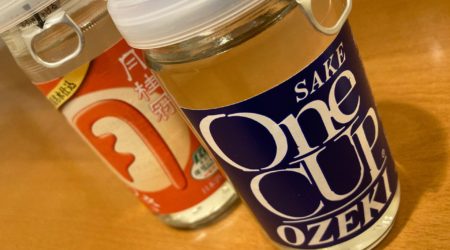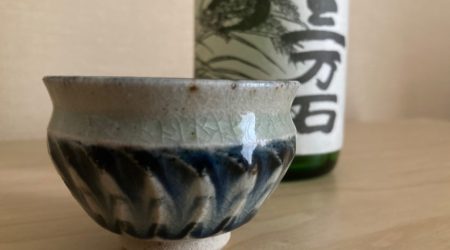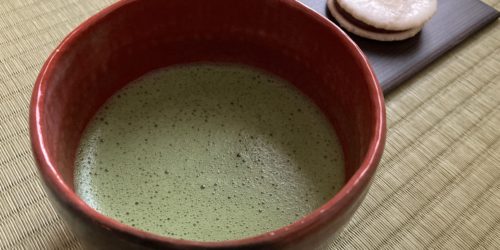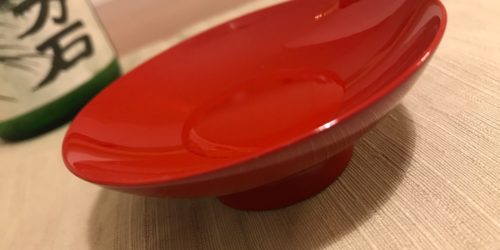For me, “Hiyaoroshi” is one of the features of autumn
Autumn is here in Japan.
The other day, I drank some sake called, “Hiyaoroshi”.
For me, Hiyaoroshi is one of the features of autumn.
Generally, sake is pasteurized twice: after it has been squeezed and before shipping.
But Hiyaoroshi is only pasteurized once after it has been squeezed.
So Hiyaoroshi has a fleshy taste compared to general sake.
Hiyaoroshi is squeezed in spring and stored until autumn.
Every year in September, Hiyaoroshi starts appearing in liquor stores.
Many sake breweries produce Hiyaoroshi, and each has its own taste and aroma.
It is fun to drink different types of Hiyaoroshi.
I drank some Hiyaoroshi that is produced by Aiyu Syuzou.
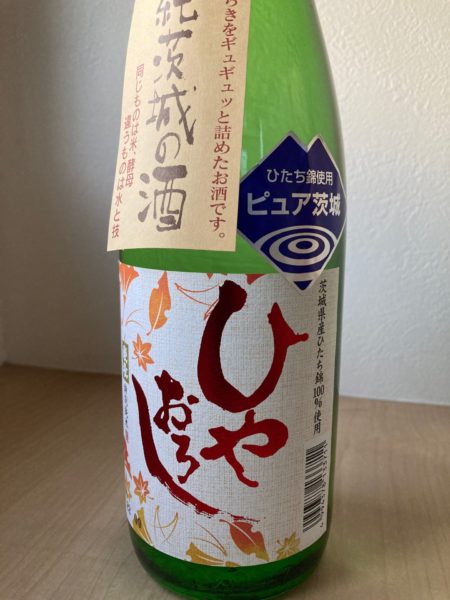
This sake brewery, which has a history of over 200 years, is in Itaco City, which is in Ibaraki Prefecture.
Itaco City has been known as a beautiful waterside town since ancient times.
Canals flow throughout the city, and the water is clean and rich in minerals.
The water is used in their sake brewing.
The high-quality water is essential for brewing high-quality sake.
Their Hiyaoroshi is mellow with a rich taste, and it is really smooth.
So people who don’t like sake may find it tasty.
By the way, I used “pasteurized” in this composition.
When I found the word in my English dictionary, I remembered a French bacteriologist named Louis Pasteur.
In the 19th century, he developed the method of killing disease-causing germs by heating them at low temperature.
The innovative method was utilized in winemaking.
However, surprisingly, the method had already been used in sake brewing in Japan long before Pasteur developed his technique.
Actually, Robert William Atkinson, who was a foreign specialist in the Japanese government’s service in the Meiji era, seemed to be shocked by this.
The history of sake brewing is very profound.
